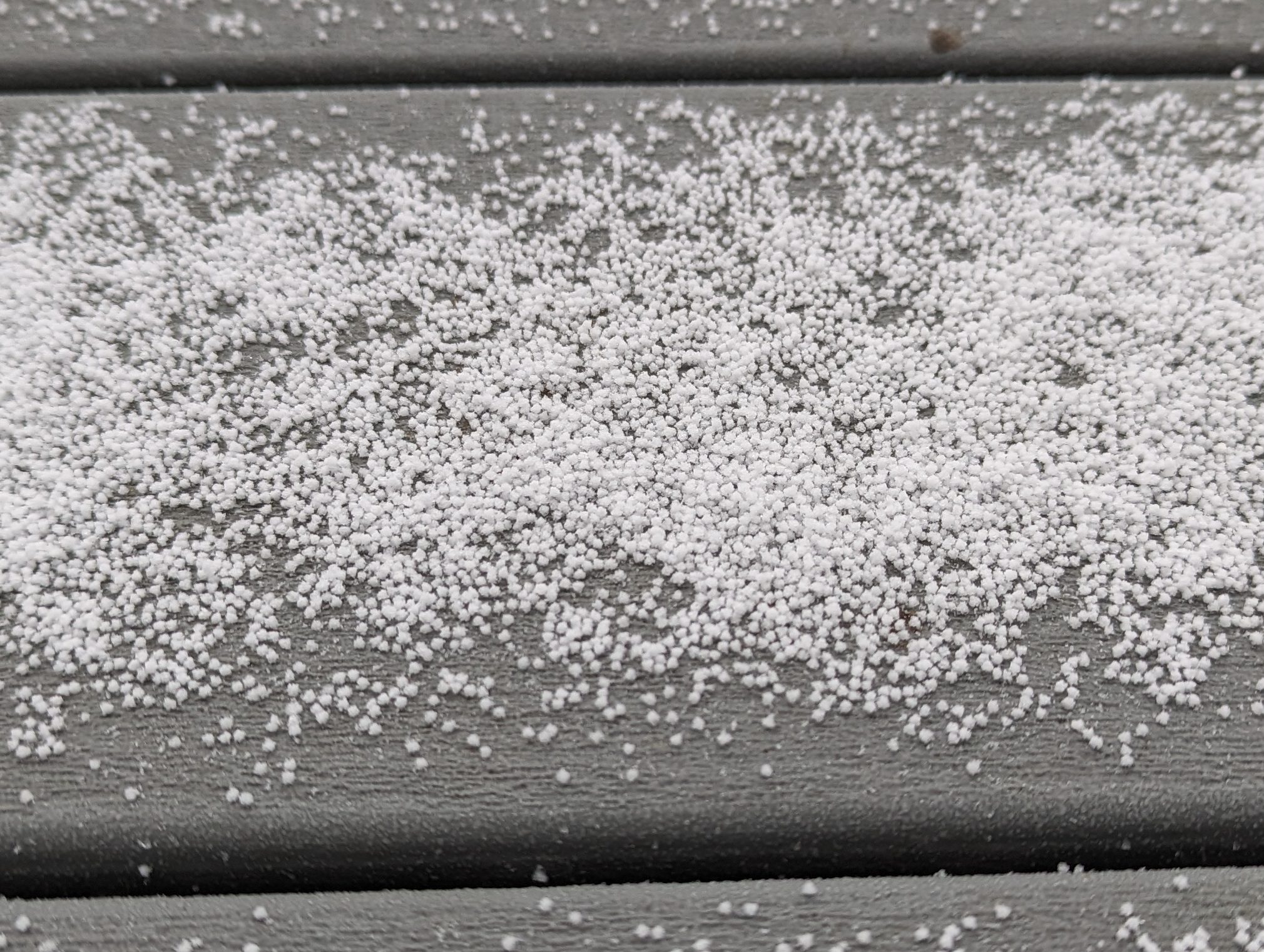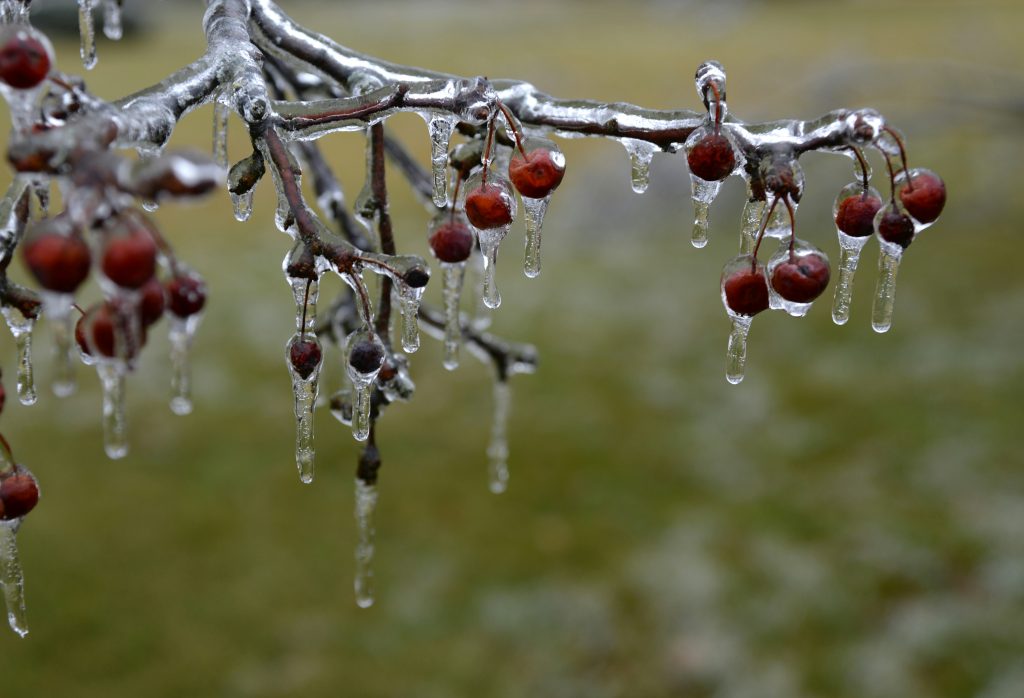
Precipitation Types
Introduction to Precipitation
Hydrometeors
A hydrometeor is any water or ice particles that have formed in the atmosphere or at the Earth’s surface as a result of condensation or sublimation. This includes particles formed in the free atmosphere or particles blown from the Earth’s surface into the atmosphere. Hydrometeors encompass various forms of atmospheric water, including rain, snow, sleet, hail, dew, rime, glaze, blowing snow, and blowing spray, to name a few.
Atmospheric Precipitation
Precipitation (with regards to weather) describes hydrometeors, formed via condensation of atmospheric water vapor, that fall from clouds to earth. Precipitation is one of the three major stages of the global water cycle, along with evaporation and condensation.
Precipitation plays a crucial role in our planet’s climate system. It comes in various forms, each with its unique development process and potential hazards. In this article, we will explore some of the different types of weather precipitation, how each one develops, and weather hazards associated with each precipitation type.
Types of Precipitation
Rain
Rain is the most common type of precipitation, taking the form of liquid water. The rain development process begins when atmospheric water vapor condenses on particles of dust, pollen, smoke, and pollution, to form tiny water droplets. Through a process called coalescence, these tiny water droplets merge to create larger drops. When drops become too heavy to remain suspended in the cloud, they fall to Earth as rain. While rain is essential for life on Earth, excessive rainfall can lead to flooding, causing property damage and loss of life. Additionally, heavy rain can reduce visibility, making driving conditions hazardous.


Drizzle
Drizzle is a light liquid precipitation consisting of liquid water droplets smaller than those of rain – generally smaller than 0.5 mm in diameter. Drizzle is typically produced by low stratiform clouds and fog. It usually falls from low-level stratus clouds and is often associated with low visibility and dreary weather conditions. While drizzle itself is not typically hazardous, it can create slick conditions on roads and other surfaces. It can also reduce visibility, making driving conditions more dangerous.
Graupel
Graupel, also known as soft hail, is precipitation that forms when supercooled water droplets collect and freeze on tiny falling ice particles. This process forms a lumpy, rime-coated snowflake that may be mistaken for hail. However, graupel is softer than hail and will fall apart when touched. While not typically dangerous, graupel can make roads slippery. It can also indicate the presence of atmospheric energy needed for severe weather phenomena, like thunderstorms.


Sleet
Sleet refers to small, translucent pellets of ice. It is essentially rain that freezes before reaching the ground. Sleet forms when a layer of cold, freezing air is located above the ground, with a layer of warmer air above it. Raindrops formed in the warmer layer freeze as they fall through the cold layer, becoming ice pellets. Sleet can make surfaces slippery, leading to accidents on roads and sidewalks. It can also accumulate on power lines and trees, causing them to break under the weight.
Hail
Hail consists of large, layered ice balls that form in thunderstorms. Hailstones begin as tiny ice particles that grow larger by accumulating layers of ice as they circulate within a storm’s updraft. They eventually fall to the ground when they become too heavy for the updraft to support. Hail can cause significant damage to property, including vehicles and buildings. It can also pose a serious risk to livestock and humans caught outside during a hailstorm.


Freezing Rain
Freezing rain is precipitation that falls towards Earth as a liquid then freezes upon impact to form a layer of ice. This type of precipitation occurs when a layer of relatively warm air is located above a layer of sub-freezing temperatures closer to the surface. Raindrops passing through the sub-freezing layer become supercooled and freeze upon impact. Freezing rain is notorious for causing travel problems because it forms a layer of ice on all surfaces, including roads and sidewalks, making them extremely slippery. It can also cause power outages by forming ice on power lines.
Snow
Snow is precipitation in the form of ice crystals. It typically forms when the atmospheric temperature is at or below freezing (0 degrees Celsius or 32 degrees Fahrenheit), and there is a minimum amount of moisture in the air. In locations with significant altitude like Denver, Colorado, it’s common to experience snowfall even when the temperature is slightly above the freezing point. Snowflakes develop in cold clouds through a process known as deposition, where water vapor changes directly into ice without going through a liquid phase. Each snowflake is unique and has a hexagonal structure. Snow can create hazardous conditions by reducing visibility and creating slippery roads. Heavy snowfall can lead to impossible travel conditions, avalanches in mountainous areas, damage to trees, power outages, and can cause roofs to collapse under its weight.

Precipitation is a vital part of the Earth’s water cycle and is a requirement for life on Earth. Each type of precipitation develops under different circumstances and carries a unique set of hazards. Understanding these processes and hazards can help us better prepare for and respond to the challenges posed by different weather phenomena.
If you liked this article, check out Skyview Weather’s growing library of educational weather and climate content. Skyview Weather also offers comprehensive in-person and virtual weather education and weather safety training classes to ensure you and your staff are informed and prepared for severe, winter, and fire weather.
